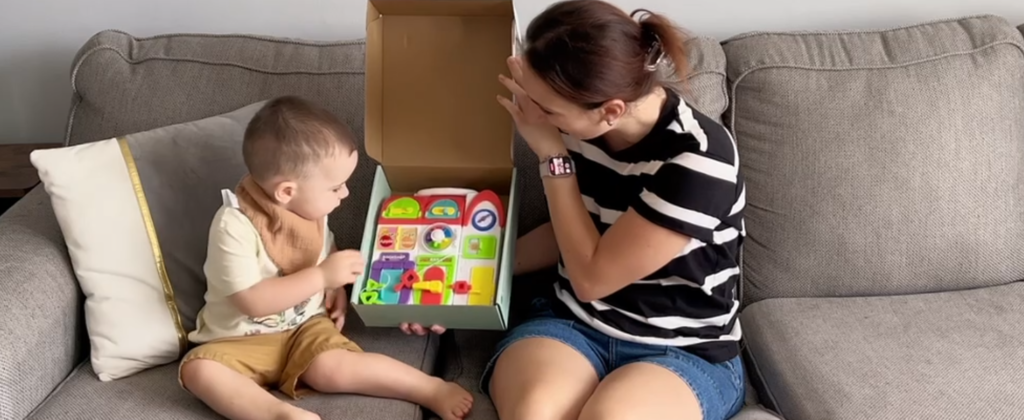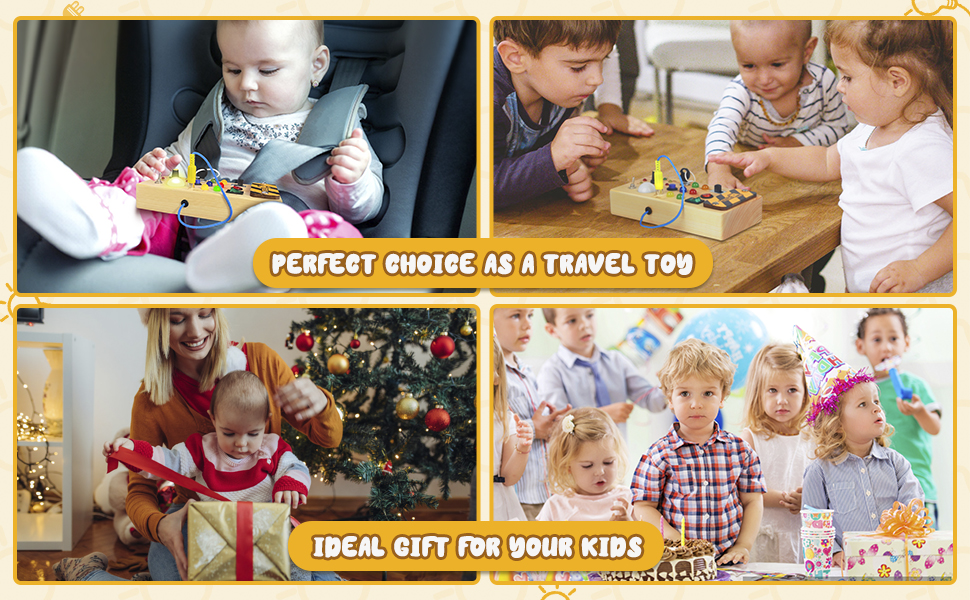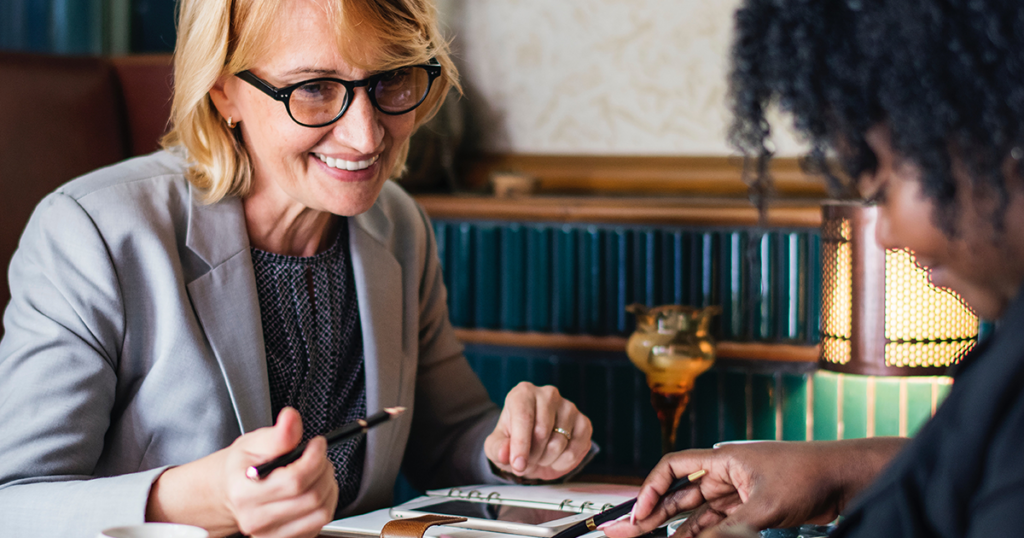How to Design Your Own Democa Busy Board?

In a world brimming with digital distractions, parents often seek interactive, hands-on activities to engage their children’s curiosity and foster development. Enter the Democa Busy Board, a customizable sensory toy designed to captivate young minds with its array of textures, colors, and activities. Crafting your own Democa Busy Board provides a unique opportunity to tailor sensory experiences to your child’s interests and developmental needs. Let’s explore the step-by-step process of designing your very own Democa Busy Board.
Exploring the Concept of Democa Busy Boards
A Democa Busy Board, short for “Developmental Occupational Motor Cognitive Activity,” is a tactile sensory toy comprised of various elements intended to stimulate young children’s senses and fine motor skills. These boards typically feature a range of activities such as latches, switches, zippers, and knobs, providing opportunities for exploration and skill-building.
Understanding the Benefits of Busy Boards
Busy boards offer numerous developmental benefits for children, including:
- Enhanced Fine Motor Skills: Engaging with the diverse elements of a busy board helps children develop dexterity and hand-eye coordination.
- Sensory Stimulation: The array of textures, colors, and sounds incorporated into busy boards stimulate children’s senses, supporting sensory processing and integration.
- Cognitive Development: Manipulating the various components of a busy board promotes problem-solving skills and cognitive development as children learn to navigate and interact with different challenges.
Planning Your Democa Busy Board Design
Before diving into the construction process, it’s essential to plan your busy board design carefully. Consider the following factors:
Assessing Your Child’s Interests and Needs
Begin by identifying your child’s interests, preferences, and developmental milestones. Tailoring the busy board to align with your child’s specific preferences ensures maximum engagement and enjoyment.
Selecting Suitable Materials and Components
Gather a variety of materials and components suitable for inclusion in your busy board design. Consider incorporating items such as:
- Latches
- Buttons
- Velcro strips
- Bead mazes
- Mirrors
- Textured fabrics
Constructing Your Democa Busy Board
With a clear plan in place, it’s time to bring your busy board design to life. Follow these steps to construct your personalized Democa Busy Board:

Step 1: Prepare the Base
Start by selecting a sturdy base for your busy board, such as a wooden panel or foam board. Ensure the base is large enough to accommodate your chosen components and provides ample space for exploration.
Step 2: Arrange Components Strategically
Arrange the selected components on the base in a strategic manner, considering factors such as accessibility, variety, and safety. Secure each component firmly to the base using glue, screws, or Velcro strips, depending on the material.
Step 3: Add Decorative Elements
Enhance the visual appeal of your busy board by adding decorative elements such as colorful patterns, stickers, or paint. Incorporating visually stimulating features captures children’s attention and encourages exploration.
Personalizing Your Democa Busy Board
Customizing Activities and Challenges
Tailor the activities and challenges featured on your busy board to suit your child’s age, interests, and developmental stage. Consider adding interactive elements such as hidden compartments, sound effects, or removable puzzle pieces to enhance engagement.
Incorporating Name and Photo Features
Add a personal touch to your busy board by including features such as your child’s name or photo. These customizations not only make the board uniquely theirs but also promote a sense of ownership and pride in their creation.
FAQs (Frequently Asked Questions)
- How can I ensure the safety of my busy board? To ensure safety, avoid including small parts that could pose choking hazards and regularly inspect the board for loose components or sharp edges.
- Can I incorporate electronics into my busy board design? While it’s possible to integrate simple electronic components such as LED lights or buzzers, ensure they are securely attached and battery-powered for safety.
- What age range is suitable for busy board activities? Busy boards can be enjoyed by children as young as 6 months old, with activities and challenges adjusted to suit varying developmental stages.
- How can I maintain my busy board’s longevity? Regularly inspect the board for wear and tear, and promptly repair or replace any damaged components to ensure continued enjoyment.
- Are there any educational benefits to busy board activities? Yes, busy boards promote cognitive development, fine motor skills, and sensory exploration, making them valuable educational tools for young children.
- Can I personalize my busy board further with additional features? Absolutely! Get creative and explore additional features such as sensory bags, textured surfaces, or interactive elements tailored to your child’s preferences.
Conclusion
Designing your own Democa Busy Board is a rewarding and creative endeavor that offers countless opportunities for personalized learning and sensory exploration. By following the outlined steps and incorporating your child’s unique interests, you can create a captivating sensory experience that fosters development and delights young minds.




Leave a Comment